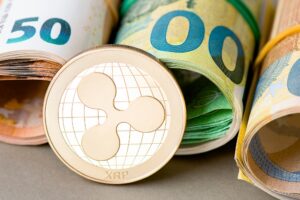The United States economy has demonstrated remarkable resilience in recent months, defying expectations of a potential downturn amid global economic uncertainties. While many analysts predicted a slowdown due to inflation pressures, geopolitical tensions, and supply chain disruptions, the economy has managed to avoid a full-scale crisis through a combination of policy measures and market adaptability.
Historically, the US economy has shown an ability to bounce back from shocks, but recent developments have highlighted an even greater capacity for resilience. The Federal Reserve’s strategic interest rate adjustments, aimed at controlling inflation without stifling growth, have played a crucial role. Additionally, government stimulus packages and targeted support for key industries have helped stabilize employment and consumer spending.
According to recent reports, despite some signs of slowdown in certain sectors, overall economic indicators remain positive. Employment levels have remained strong, with unemployment rates at historically low levels, and consumer confidence is slowly recovering. These factors contribute to ongoing economic stability, even as global markets face volatility.
Impact is widespread, affecting both policymakers and investors. Policymakers are cautiously optimistic, balancing the need to curb inflation with measures to sustain growth. Investors, meanwhile, are closely watching economic signals for signs of potential shifts that could threaten this resilience, such as renewed inflation pressures or geopolitical disruptions.
Economic experts suggest that the resilience of the US economy is largely due to proactive policy responses and the flexibility of the markets. Some analysts warn, however, that risks remain, including potential supply chain issues, inflationary pressures, and external shocks from international conflicts.
Next steps involve monitoring upcoming economic data releases, Federal Reserve policy decisions, and international developments that could influence the US economic outlook. Continued vigilance and adaptive policies will be key to maintaining this resilience and preventing a downturn.
What is the main reason for the US economy’s resilience?
The US economy’s resilience is primarily due to effective policy measures by the Federal Reserve and government support, which have helped stabilize key sectors and maintain consumer confidence.
How does global instability impact the US economy’s outlook?
Global instability can pose risks by disrupting supply chains and increasing market volatility, but the US economy’s adaptability helps mitigate these impacts to some extent.
What should investors watch for in the coming months?
Investors should monitor economic indicators such as employment rates, inflation data, and Federal Reserve policy announcements to assess potential risks to economic stability.







